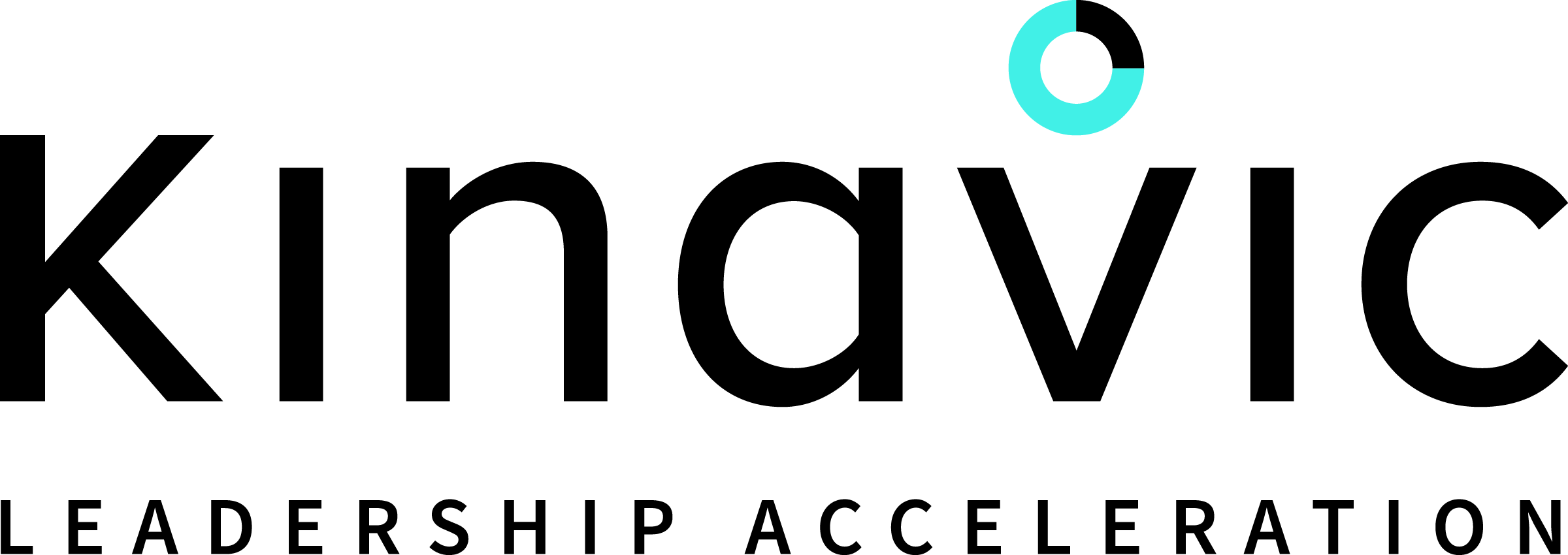No products in the cart.

Why the Successful Talent Lifecycle Works Where the Traditional Model Falls Short
In most companies, the traditional leadership talent lifecycle is a familiar story with a predictable ending: human resources pours hundreds of hours and tens of thousands of dollars into talent attraction and recruiting for leadership roles. Once a leadership candidate becomes a new hire, they experience the same onboarding process as everyone else and are handed their new team. From there, the leader is either left to their own devices or receives intermittent coaching and development, while the firm prays they don’t leave. And then, when as many as one in three inevitably do, the pain of losing a high-profile leader ripples out to the entire organization, as well as clients, and the cycle begins again.
For organizations that rely on human capital to deliver services, it’s hard to overstate the importance of a robust, holistic talent lifecycle that actually yields results. Your leadership talent strategy is like the wheels on a car—they not only determine whether or not you’ll be able to get to where you want to go, but also how fast you can get there.
The problem is, the traditional model is the equivalent of four flat tires. And when your leaders are your biggest competitive differentiator and organizational investment, you can’t afford to keep using a system that isn’t optimized to both your organization and industry.
Why the Traditional Talent Lifecycle is Broken
Despite the best intentions, the traditional model for attracting and retaining leadership talent has a few major design flaws:
Problem 1: It’s fragmented. In the traditional talent lifecycle, even if all the right pieces are in place, they’re not connected on a continuum. In most companies, leadership hiring is made in in a vacuum—with minimal insight from internal stakeholders and little to no context as to what the organization as a whole needs to be successful. The cycle breaks down when there is no common thread running through the entire process that connects the propensity of the candidate to the organization’s overall talent ecosystem, culture, role requirements, and an agreed-upon definition of success.
Problem 2: There’s no data-driven, organizationally agreed-upon benchmark for success. Every organization has a unique set of behaviors and values that define and drive success. But without a benchmark for this “success DNA” that’s embedded in the culture, you can’t know what these behaviors and values are, which means you can’t hire and train for them. The success benchmark is foundational to your entire talent strategy, as the knowledge of what the organization needs to be successful must be active in every phase.
Problem 3: It widens blind spots to talent gaps. Without knowing what the successful talent DNA looks like, it is natural for firms to gravitate toward hiring the same profile they have historically hired, and that they often have in-house today. This self-referential hiring is a danger to diversity, and it’s impossible to transform an organization and achieve goals if you’re blind to your leadership talent gaps.
With these key flaws, it’s no wonder so many organizations are struggling to retain leaders and up level high performers.
But what if there was a better way?
The Successful Talent Lifecycle: Benchmark, Recruit, Assess, Integrate, Accelerate
The ideal talent lifecycle is one that brings talent attraction and retention best practices together into one holistic strategy. By combining science and wisdom, the Successful Talent Lifecycle demystifies what it takes to achieve success at the organization and provides clarity throughout the process that benefits everyone.
Step 1: Benchmark
The most crucial first step that most companies miss altogether is establishing their unique benchmark for success. What are the leadership traits and behaviors that drive success in your culture? By using the Verity Leadership AssessmentSM to decode these critical aspects of your organizational DNA, you’ll receive a deep understanding of your current success profiles and gaps. This will equip you to develop optimal talent profiles for future leadership hires—and identify opportunities to develop and accelerate current leaders and high performers. Without this foundational knowledge, all talent acquisition and development efforts are like driving at night with no headlights. If you don’t know what you already have and what’s missing, you won’t be able to plan for what’s up ahead.
Step 2: Recruit
This success benchmark will then inform and enable an optimized recruiting and talent acquisition strategy—and be the common thread that runs through the entire process. Armed with this knowledge, you’ll be better equipped to hire for long-term success—filling critical skills gaps rather than just empty seats. This will also allow you to widen your hiring aperture as you seek to build a more diverse, well-rounded talent ecosystem and de-risk hires from non-traditional sources.
Step 3: Assess
Before an ideal candidate becomes a new hire, scientifically assessing their “fit” will eliminate any guesswork from the equation. The Verity assessment—first used to benchmark the unique success DNA of your organization—provides the data needed to understand how and where the new leader will thrive. This also provides the candidate with crystal clear expectations on what it will take for them to succeed. By verifying and validating new hires with hard data rather than gut feelings, you’ll be able to decrease time-to-hire and increase confidence in a new hire’s long-term compatibility with the organization.
Step 4: Integrate
From there, the integration processes for new leaders are hyper-tailored to their unique strengths, weaknesses, and intrinsic motivators aligned to the organization’s needs. By customizing these programs for each individual, rather than taking a new hire through a one-size-fits-all onboarding process, you’ll reduce time-to-traction and increase engagement in tandem.
Step 5: Accelerate
Bespoke performance acceleration protects investments in your new and existing leaders. Custom, end-to-end leadership acceleration empowers leaders to achieve their goals more quickly, and ensures they are deeply aligned with the success DNA embedded in your culture.
The Benefits of a Holistic Approach
The benefits of the Successful Talent Lifecycle are long-lasting and far-reaching. Along with improved candidate experience and fewer mis-hires, the Successful Talent Lifecycle increases hiring success by up to 20%, decreases cost-per-hire by 18%, and decreases attrition—by up to 25%.
The Verity Leadership Assessment ensures leaders are placed in roles that are both suited to their strengths and the business’s existing needs. Additionally, HR and executives receive a well-rounded understanding of how the leader is motivated in order to build a custom roadmap for their development and acceleration—and in turn, the leader receives actionable insights for growth and feels “invested in” by the organization.
Further, the leadership team that goes through the success benchmarking process become agents of change and are more invested driving successful talent outcomes.
The Bottom Line
Every organization’s success DNA is unique, so it’s no wonder the traditional, one-size-fits-all talent lifecycle doesn’t work, especially when hiring and developing new leaders. By benchmarking success with Verity and applying the combination of data and wisdom in every moment in the talent lifecycle that matters, your organization will be well-positioned for a maximum return on human capital investments and as a destination for top talent and leadership engagement.

